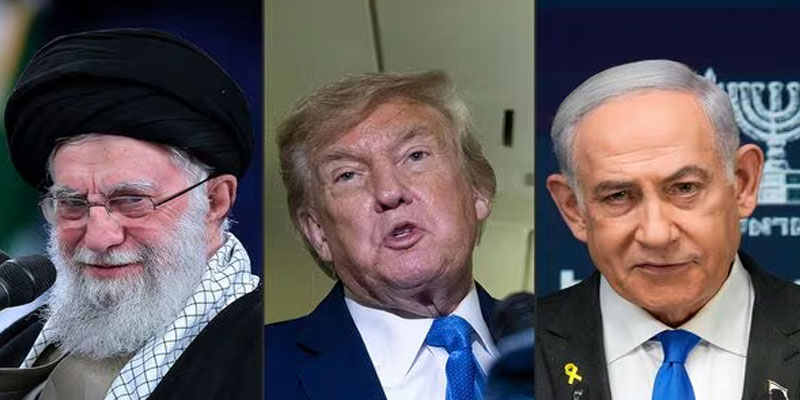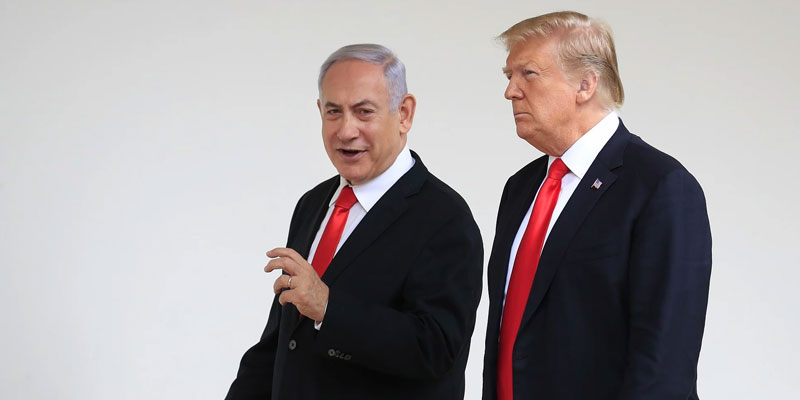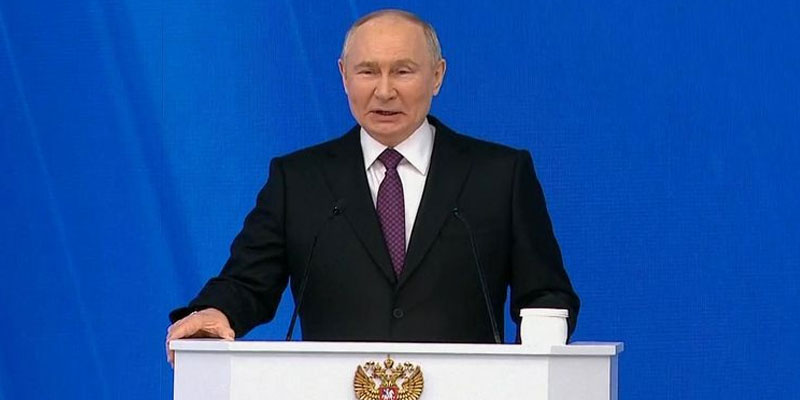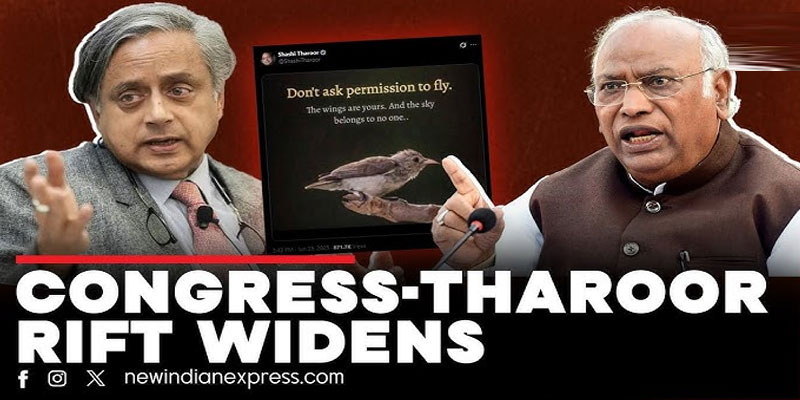A recent claim that Indian Americans represent just 1.5% of the U.S. population but contribute around 5% of its tax revenue has sparked widespread interest. While precise tax data by ethnicity isn't publicly available, various socioeconomic indicators help us evaluate this assertion.
According to the U.S. Census Bureau, Indian Americans number around 5.2 million—roughly 1.5% of the population. Yet, their economic footprint far exceeds this figure. Research from Pew and the Migration Policy Institute shows that Indian American households have a median income of approximately $146,000—nearly twice the U.S. average.
With higher earnings and a strong presence in sectors like technology, medicine, and finance, Indian Americans fall into higher tax brackets. Given the U.S.’s progressive tax system, it's reasonable to infer their tax contributions exceed their demographic share. Though unconfirmed, the “5%” tax claim is credible based on income and occupational data.
Indian Americans lead in critical fields. They account for 8% of the nation's doctors and a significant share of engineers and IT professionals. Top executives like Sundar Pichai, Satya Nadella, and Arvind Krishna reflect their prominence in corporate leadership. Over 35% of H-1B visa recipients are Indian, underscoring their dominance in skilled sectors.
Beyond economics, Indian Americans exert substantial soft power. Indian culture—through food, festivals, and film—is woven into American life. Politically, Indian-origin leaders hold key roles, including U.S. Vice President Kamala Harris. Their visibility shapes public discourse and policy.
With Indian-origin professionals steering innovation in Silicon Valley, their influence extends globally. This “tech diplomacy” boosts India’s image while strengthening U.S.-India ties.
Indian Americans, though few in number, exert exceptional economic, cultural, and political influence. Their impact is not only measurable in income and innovation but also in how they shape global narratives from within the U.S.



















